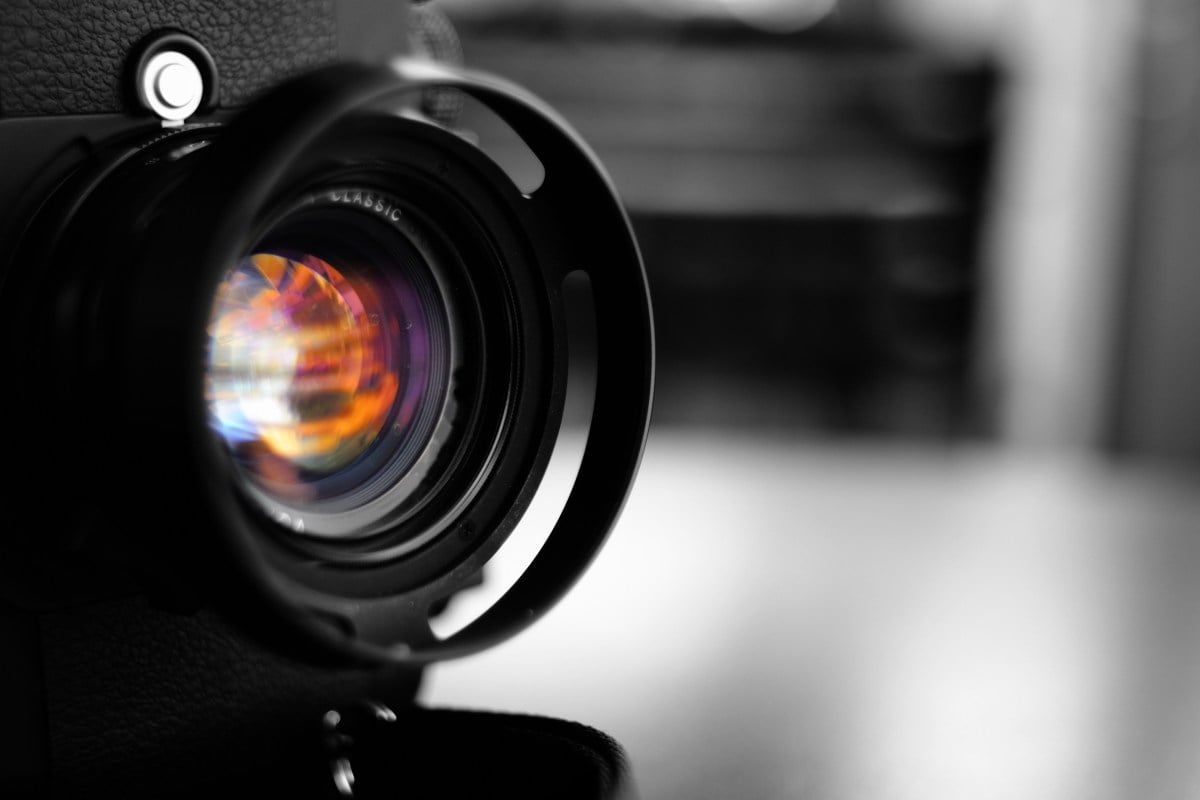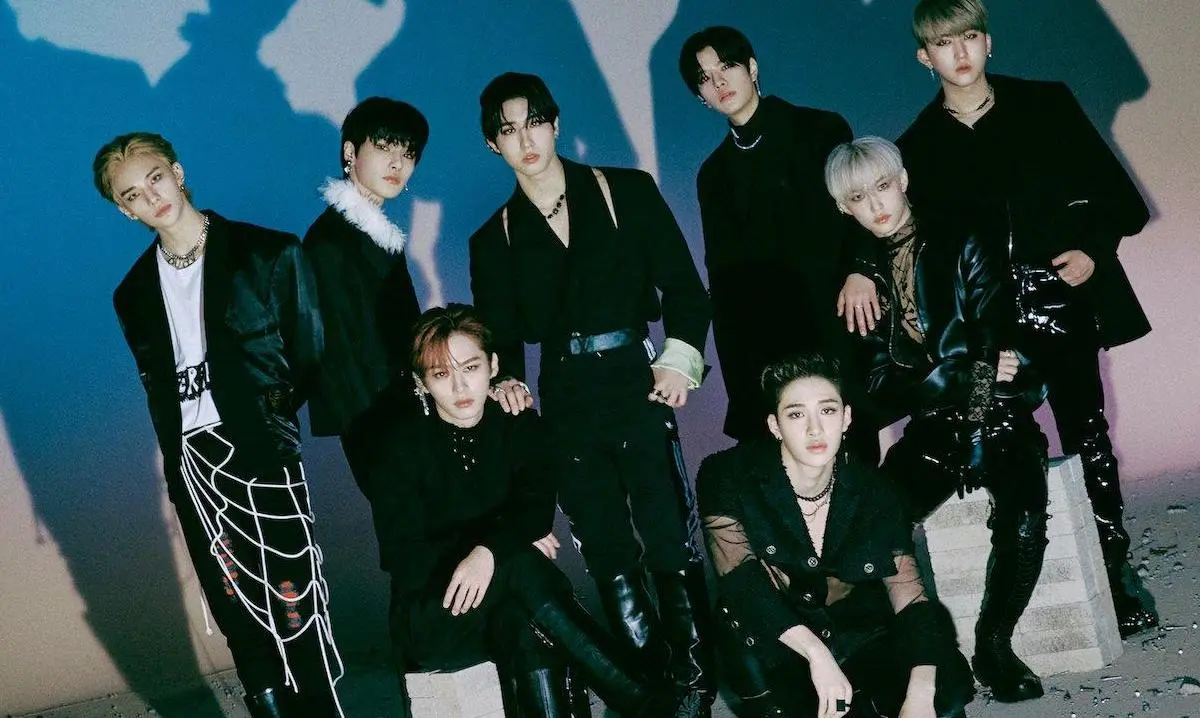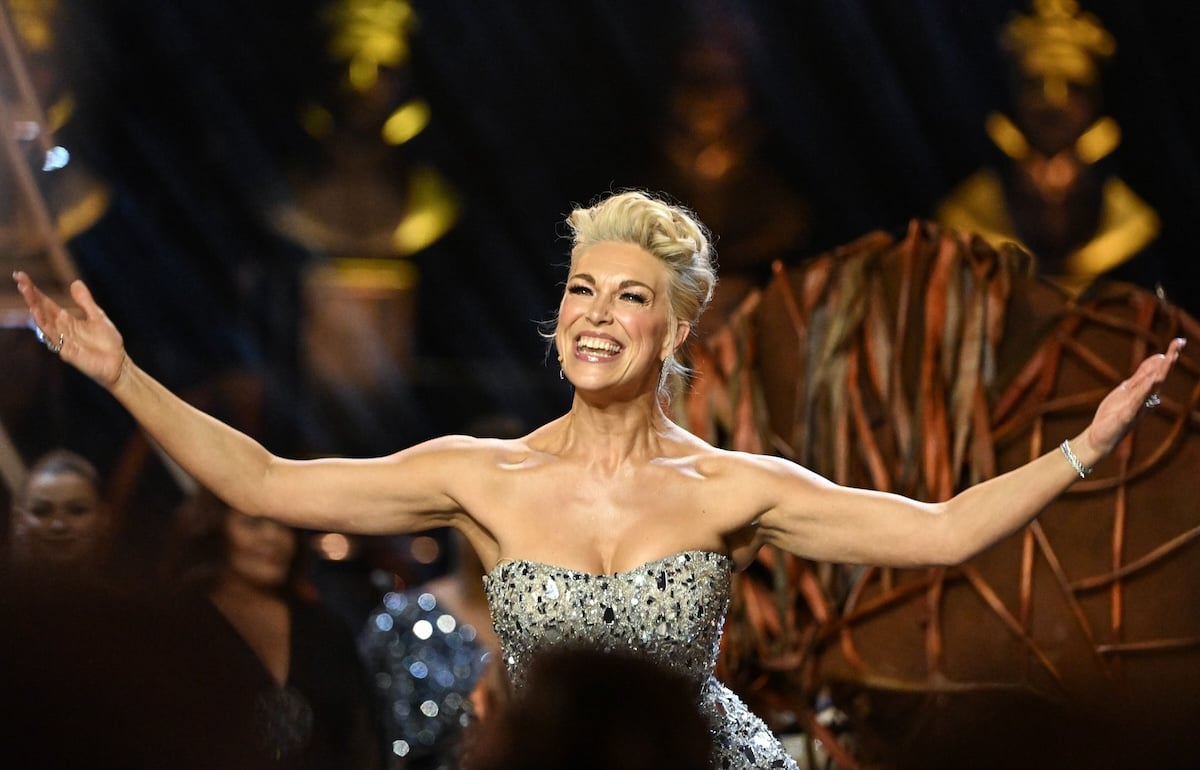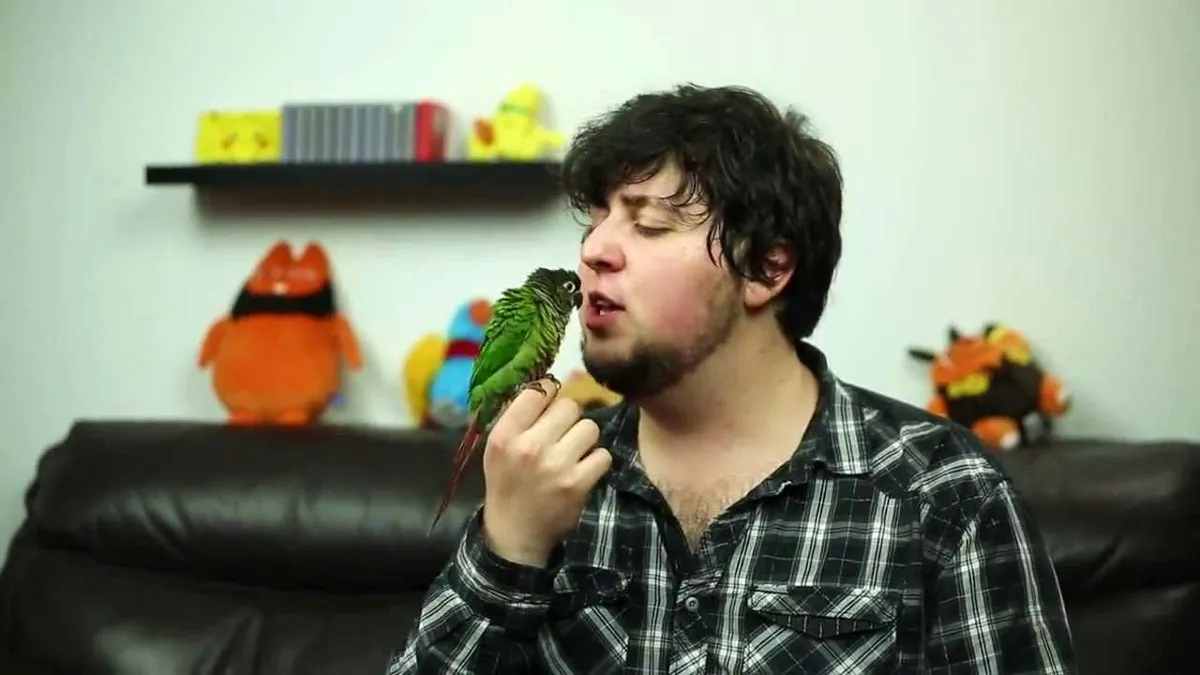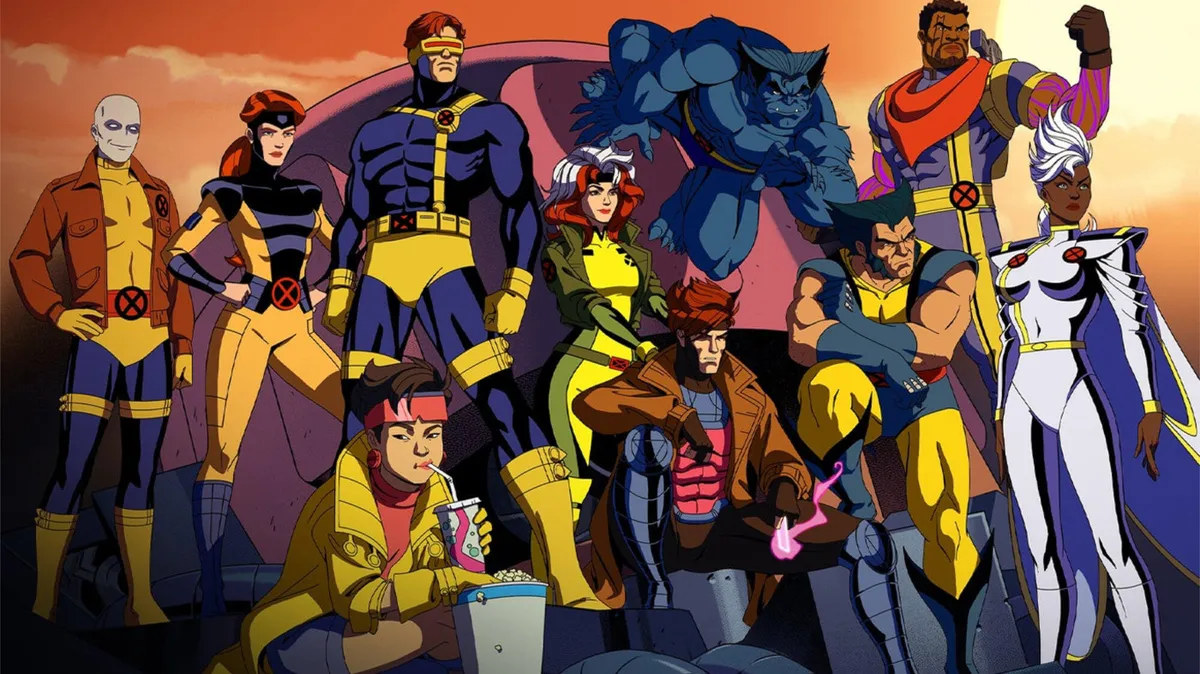It’s hard to find a good cosplay photographer.
At first, I thought I just had bad luck. I’m a cosplayer, and I’ve seen and/or worked with many photographers who didn’t seem familiar with how to set up a good shot, didn’t produce good results, and misunderstood how to best apply watermarks to their work. But I asked around, and it turns out that I’m not the only one who’s noticed the problem.
Framing it as a “problem” isn’t entirely fair, though, because working with an amateur photographer isn’t necessarily bad, as long as they’re up front about their abilities (or lack thereof). Camera prices have gone down a lot in the past decade, meaning that photography has become a much more affordable pastime. Plus, anyone with a modern cellphone can take passable photos using that. That newfound accessibility comes with both upsides and downsides for cosplayers seeking good photos of their costumes.
Carly Smith, longtime cosplayer and writer, reached out to me after I mentioned that I was looking for more perspectives from other cosplayers who’ve worked with professional photographers. She wrote, “What do you consider a pro photographer? The line definitely gets blurry in cosplay circles. But I do tend to work with ones I’m paying, some of whom are friends or have started transitioning into photography as a profession.”
Smith also mentioned that “word travels fast” in the cosplay community when it comes to which photographers should be avoided, and that’s definitely true in my observation. I’ve written before about some of the worst possible horror stories that can result from a photo-shoot gone wrong, such as this example of a cosplay photographer who pressured his models (some of whom were underage) into providing him with nude photos.
Lippe, a professional photographer who specializes in photographing live music, wrote to me about being “keenly aware of the preponderance of skeevy behavior in the biz, at all levels, in all genres,” but went on to emphasize that the newfound accessibility of photography tools has also made it easier for marginalized people, such as queer people of color, to become photographers themselves, “especially in cosplay, but also eros/kink.”
That’s a great example of an upside; the world of cosplay photography is becoming a more diverse space. However, it’s also becoming a more crowded space. Unfortunately, that means that the onus gets placed on cosplayers to do the work of vetting photographers. Out of the dozens of cosplayers and the photographers who got back to me for this story, I kept hearing that one piece of advice over and over: research the photographer ahead of time.
The “research” they described would often add up to a huge amount of work! Sometimes, this meant checking with their other previous customers, if you even knew any of them, to find out if the photographer had a history of bad behavior — but, of course, you’d want to ask that very carefully, since you wouldn’t want to get a reputation for “causing drama” (sigh).
Another more benign type of research involves going through the photographer’s previous work to find out if their photos match what you want. This can be a real challenge, especially for cosplayers who aren’t experienced and aren’t even sure what type of photos they want. Unfortunately, those inexperienced cosplayers are exactly the sort who might get duped into paying for a photographer who doesn’t really know what they’re doing.
Cosplayer Alice Black sent me her own guide on finding a good cosplay photographer, which also includes her own detailed advice on how cosplayers can prepare for a photo-shoot. One piece of advice stuck out to me: “Practice multiple poses.” This is helpful advice, but it’s also depressing, because it speaks to how rarely a typical cosplay photographer will help you with that. If you happen to strike gold and end up with a photographer who knows their stuff, then they’ll help you every step of the way in coming up with poses; you’ll come up with ideas, and they’ll come up with ideas, and it’ll be a give-and-take situation. If your photographer stays silent and gives you no suggestions, though, you might end up feeling like you could have saved money by buying a tripod for your smartphone. I’ve definitely ended up in that situation myself!
Luckily, I know at least one photographer who knows what they’re doing: my best friend, Ryan Pagella. He’s a former cosplayer, too, so he’s been on both sides of the lens. He has a pet peeve when it comes to amateur photographers claiming to be “press” and thereby getting into conventions for free. In his words: “It’s so easy to get a press pass for most cons, because both parties will take any exposure they can get. Pretty much anyone can go and pick up a semi-decent camera now from Target or Walmart for under $100 and call themselves a ‘photographer.’ This isn’t to discredit photographers who can work with a small budget camera or even photographers of the con scene, but it does change the dynamic of photographers who can shoot at a con.”
As for me, I’ve met many self-proclaimed “photographers” over the years who seem like they’re only in it for the free pass, or perhaps, only in it to “meet” cosplayers (if you catch my drift). That’s an irritation, to be sure, but what’s far worse is when cosplayers spend a lot of money on a substandard result. As Pagella explains,
Cosplayers want pictures of their costumes–they’ll take any kind of exposure, whether it’s their own camera or their friends iPhone or selfie. And of course, they want pictures of their costumes in high quality, potentially doing something the character would be doing in a specific setting.
“Photographers” have taken advantage of this and started charging cosplayers a shitload of money to get their photos taken … and some photographers are just doing it to make money, because they’ve got the marketing skills of a scam artist. Cosplayers are so desperate to get good photos of their costumes, they will dish out whatever amount of cash to get it done.
When I was at Anime Next in 2015, I saw hundreds of paid and non-paid photographers outside doing photoshoots with cosplayers — but it was killing me, because they kept putting the cosplayers in shade or shadows. They weren’t making use of the natural light. As a photographer in photography business world, it was insane to see them doing such a bad job at the hours of 5:00-7:00 PM in the summer evening, which is a photography standard of having the best light. They also kept these cosplayers in the same pose for 10-15 minutes at a time, barely talking to them, and barely making them change their pose. That’s not going to get you a good photo. It’s going to get you the same sub-par photo 200 times.
I was watching this one guy photograph a Daenerys on the stairs at Anime Next. He was with her for 15 minutes. She just stood there for 15 minutes, not moving. They were in the shade. I can’t even imagine what those shots were supposed to look like. Staircases are easy to work with if you know how to set up the shot, but this was the same shot for 15 minutes with zero lighting. I can’t imagine it looked good.
There are certainly photographers on the convention scene who do have a gift for working with their subjects and producing great results, but since the market is so over-saturated, it’s tough to find the talented people. What’s more, the internet is also filled to the brim with cosplay photos, and it can be almost impossible to tell where these photos came from in the first place, or what went into creating them.
Cosplay photos often get shared online with no attribution at all. Cosplay photographer Martin Wong recently begun circulating a guideline for both fans and participants in the world of cosplay photography. Wong highlighted the importance of respecting photography watermarks, as opposed to cropping them out of a photo before sharing it. He also wrote that people who share photos should ask both the photographer and the cosplayer(s) in the photo ahead of time before sharing the photo.
Sometimes, these photos get shared innocently by fans who are excited and lose track of the importance of giving credit, like on social media. Other times, photos get stolen and shared on aggregation sites that get a profit from the page-views. It’s a chore for photographers and cosplayers to use the “Search Google for this image” tool to make sure that people aren’t stealing their work.
While professional photographers tend to be more experienced with using watermarks, as well as issuing takedown notices to sites that republish with work without permission or attribution, amateur photographers might not know to do that at all. While Wong’s post focuses on how sharing unattributed photos could impact photographers’ future careers and income, my first thought in reading his post was, “What about the cosplayers?”
In many cases, particularly during candid shoots at conventions, cosplayers don’t even know what’s going to end up happening to their photos after they pose. Personally, I have had photos of myself taken at conventions popping up in photographers’ portfolios online, with my having no prior knowledge that they would end up there. In those cases, I was unknowingly contributing my own modeling to a photographer’s future career. I don’t necessarily mind, but it would be nice to have known! If you’re a cosplayer at a con who’s posing for a whole lot of photos, you might not have the opportunity to ask every single person around you what they’re planning to do with the photo afterwards, or whether they’re going to profit off of it in some way.
Just as cosplay could something lead to a career in professional modeling, so too can cosplay photography lead to an actual career in photography—although based on what I have read about the low pay in cosplay modeling (and my own experiences with that), it certainly seems like cosplay photography has become a more lucrative career path than cosplay modeling. The market is already over-saturated with amateur photographers, as I’ve said, but that also means that a slightly talented photographer could easily clean up in that space … and it certainly seems that some have.
While I’m sympathetic to the talented photographers out there who feel like their work isn’t getting appreciated, I’m also pretty concerned about how many cosplayers don’t seem aware that their photos could be way, way better. I’m also concerned that cosplayers are the ones who are expected to figure out how to fix this problem, when they’re not experts in photography (and in most cases, they aren’t experts in modeling either). Perhaps instead of providing guides on how to find a good cosplay photographer, we should instead be creating guides on how to be a good cosplay photographer—which, above all, should be about respecting cosplayers, especially if they’re paying you!
So, I’m going to put the onus back on photographers here: think hard about what cosplayers are paying you to do for them, and how little credit they’re going to get if that photo ends up going viral. At least you got paid to take the photo, right? Even if you didn’t get paid to take the photo, you own it, so you can issue a takedown notice; the cosplayer can’t even do that. Oh, and you probably didn’t even think to have them sign a model release form, but you might want to do that if you’re using the photo in your personal portfolio.
One last thing: don’t take advantage of cosplayers who don’t know any better. If you’re an amateur photographer, that’s fine, but be honest about your abilities, and be forthcoming about your plans for where the photo will end up. The cosplayer in the photo doesn’t have any control over that, but you do. With great power … well, you know the rest.
(Image via Shutterstock)
—The Mary Sue has a strict comment policy that forbids, but is not limited to, personal insults toward anyone, hate speech, and trolling.—
Follow The Mary Sue on Twitter, Facebook, Tumblr, Pinterest, & Google+.



